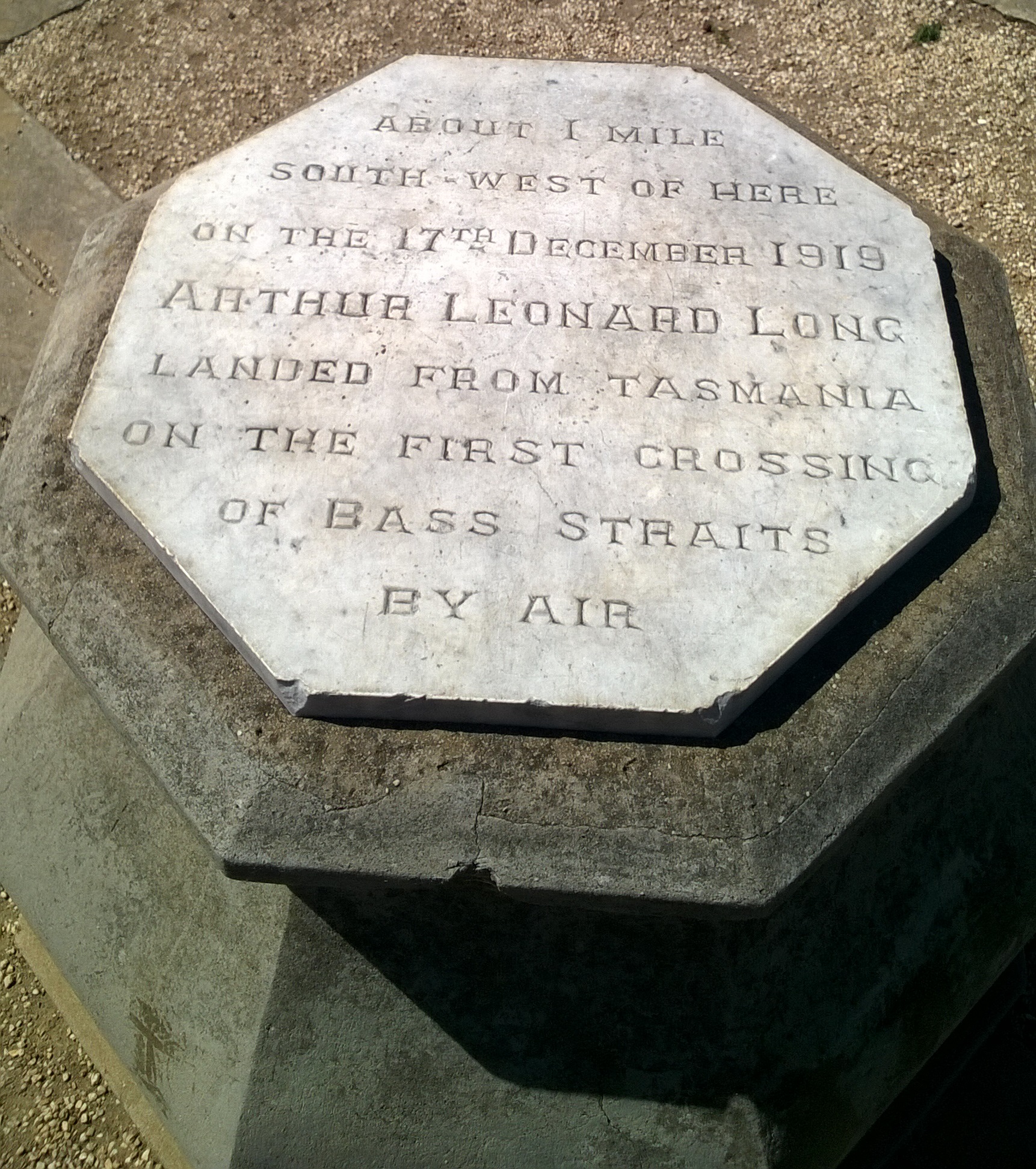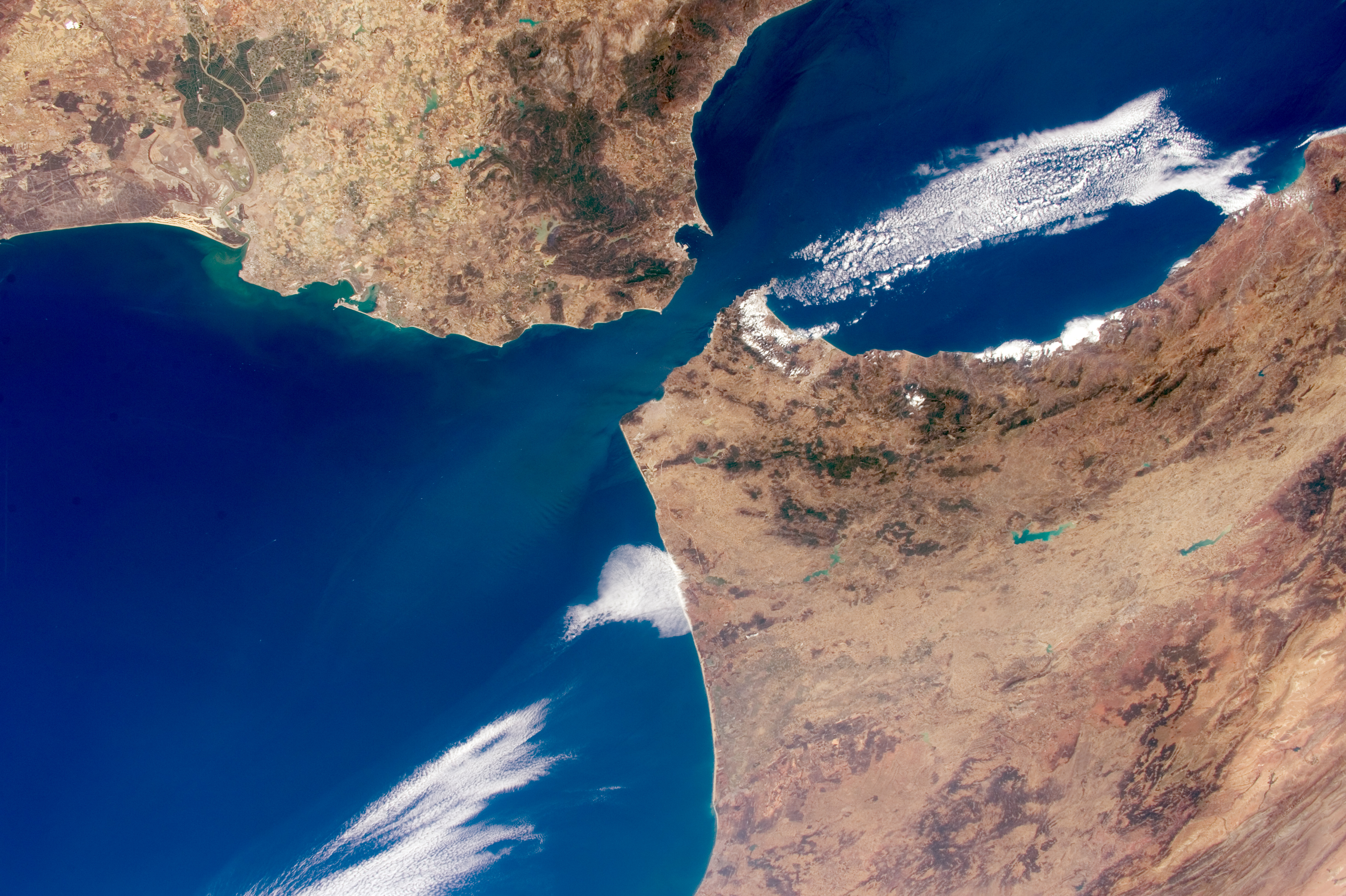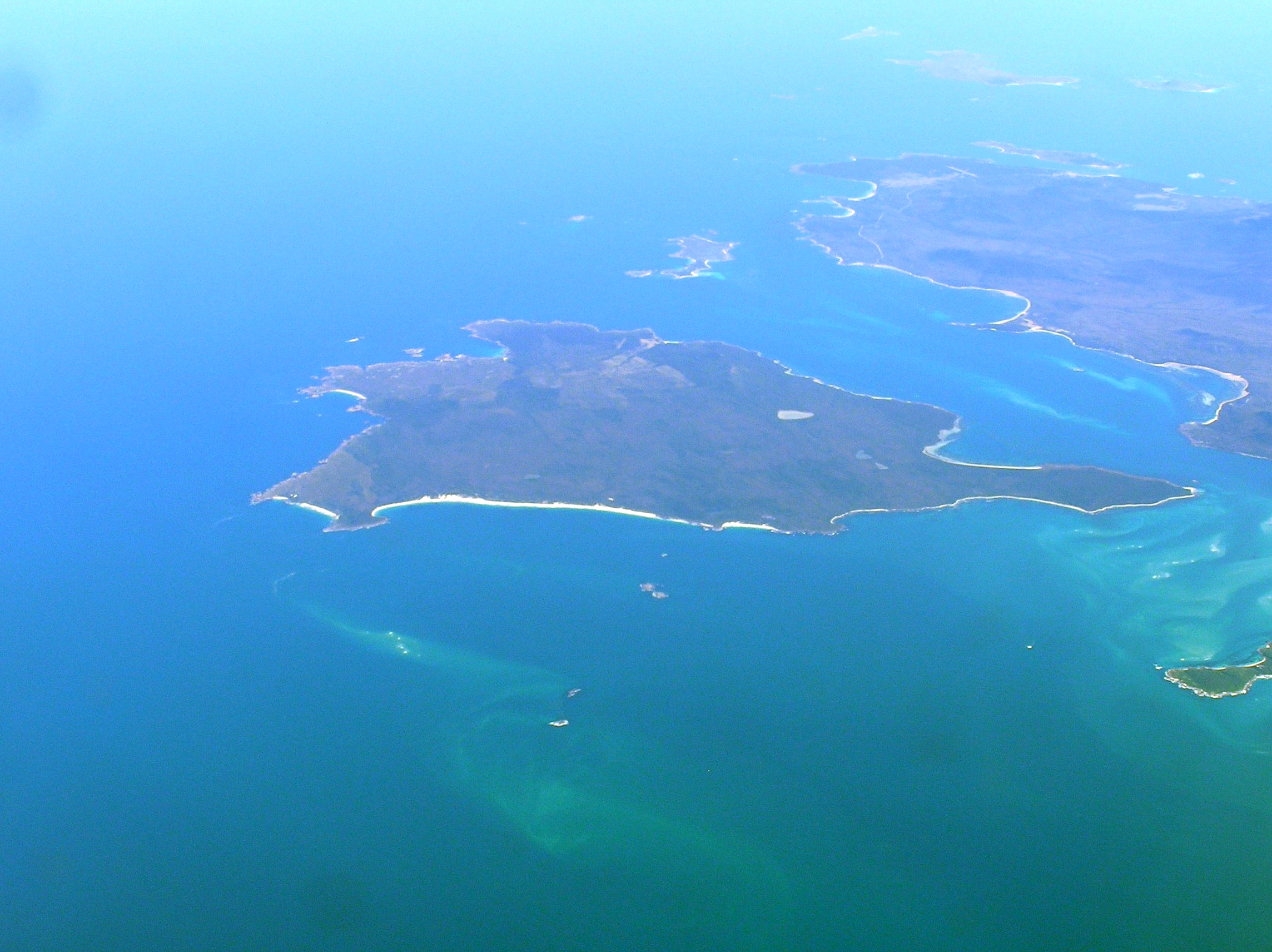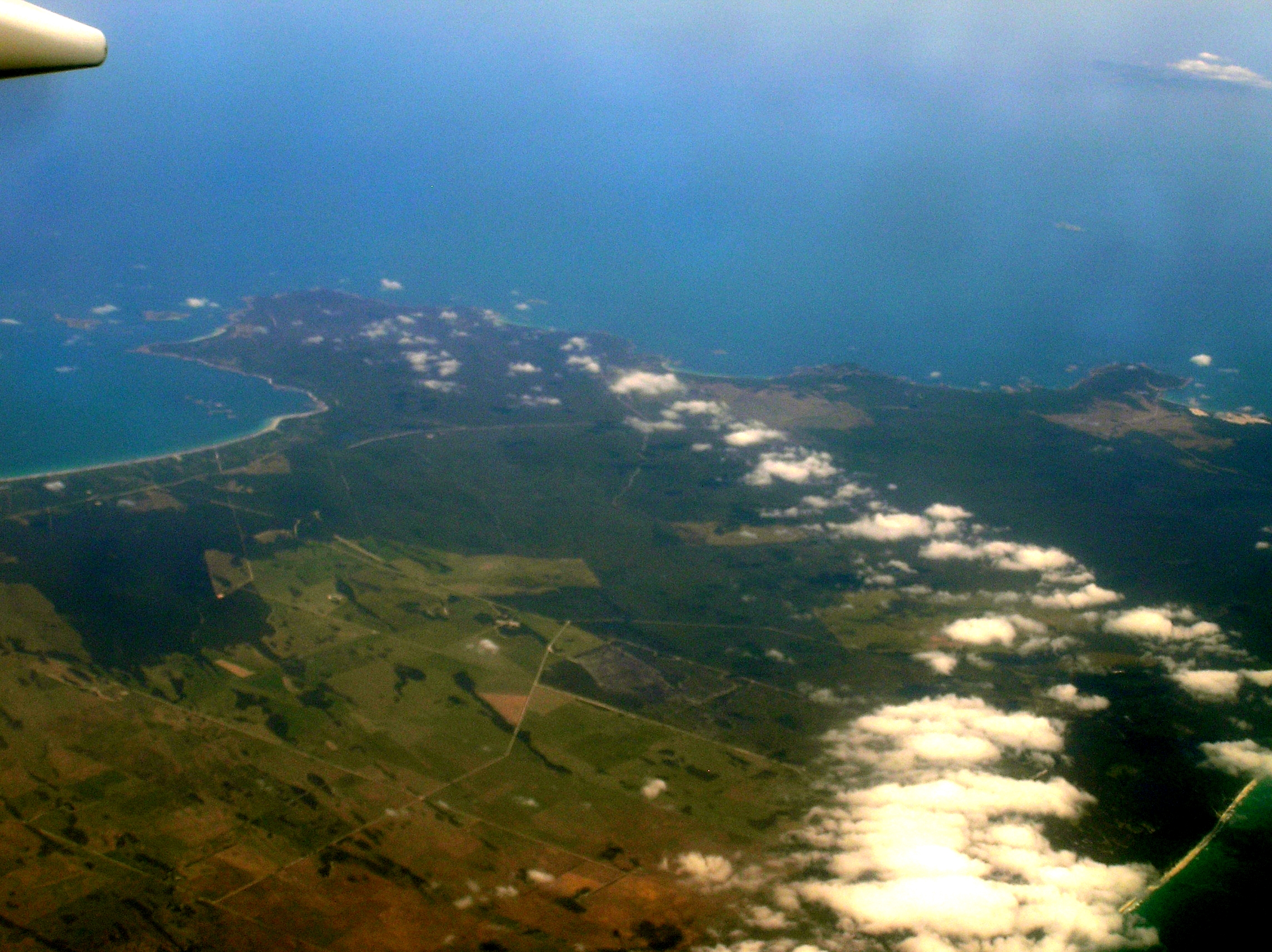|
Bass Strait
Bass Strait () is a strait separating the island state of Tasmania from the Mainland Australia, Australian mainland (more specifically the coast of Victoria (Australia), Victoria, with the exception of the land border across Boundary Islet). The strait provides the most direct waterway between the Great Australian Bight and the Tasman Sea, and is also the only maritime route into the economically prominent Port Phillip Bay. Formed 8,000 years ago by rising sea levels at the end of the last glacial period, the strait was named after English explorer and physician George Bass (1771–1803) by History of Australia (1788–1850), European colonists. Extent The International Hydrographic Organization defines the limits of Bass Strait as follows: :''On the west.'' The eastern limit of the Great Australian Bight [being a line from Cape Otway, Australia, to King Island (Tasmania), King Island and thence to Cape Grim, the northwest extreme of Tasmania]. :''On the east.'' The western li ... [...More Info...] [...Related Items...] OR: [Wikipedia] [Google] [Baidu] |
Strait
A strait is a water body connecting two seas or water basins. The surface water is, for the most part, at the same elevation on both sides and flows through the strait in both directions, even though the topography generally constricts the flow somewhat. In some straits there is a dominant directional current. Most commonly, the strait is a narrowing channel that lies between two land masses. Straits are loci for sediment accumulation, with sand-size deposits usually occurring on the two strait exits, forming subaqueous fans or deltas. Some straits are not navigable because, for example, they are too narrow or too shallow, or because of an unnavigable reef or archipelago. Terminology The terms '' channel'', ''pass'', or ''passage'' can be synonymous and used interchangeably with ''strait'', although each is sometimes differentiated with varying senses. In Scotland, '' firth'' or ''Kyle'' are also sometimes used as synonyms for strait. Many straits are economically impor ... [...More Info...] [...Related Items...] OR: [Wikipedia] [Google] [Baidu] |
Cape Grim
Cape Grim, officially Kennaook / Cape Grim, is the northwestern point of Tasmania, Australia. The Peerapper name for the cape is recorded as ''Kennaook''. It is the location of the Cape Grim Baseline Air Pollution Station and of the Cape Grim Air Archive which is operated by the Australian Bureau of Meteorology in a joint programme with the CSIRO. The station was established in 1976 and has been operating ever since. The data from Cape Grim have been used extensively in assessments of climate change and ozone depletion. Geography Cape Grim's isolated geographic location makes it unique. The next land mass directly west of Cape Grim is not Africa, but the southern tip of Argentina. Winds that make their way to Cape Grim from Antarctica and the Indian Ocean hit no significant land mass. Air pollution values collected at Cape Grim are the closest attainable representation of a global average. History The headland was first charted and named Cape Grim by Matthew Flinders on 7 D ... [...More Info...] [...Related Items...] OR: [Wikipedia] [Google] [Baidu] |
Land Bridge
In biogeography, a land bridge is an isthmus or wider land connection between otherwise separate areas, over which animals and plants are able to cross and colonize new lands. A land bridge can be created by marine regression, in which sea levels fall, exposing shallow, previously submerged sections of continental shelf; or when new land is created by plate tectonics; or occasionally when the sea floor rises due to post-glacial rebound after an ice age. Prominent examples Former land bridges * The Bassian Plain, which linked Australia to Tasmania * The Antarctic Land Bridge, which connected South America, Antarctica, and Australia during the Late Cretaceous and Early Paleogene * The Bering Land Bridge (aka Beringia), which intermittently connected Alaska (Northern America) with Siberia (North Asia) as sea levels rose and fell under the effect of ice ages * GAARlandia, a hypothesized land bridge which potentially connected the Greater Antilles with South America d ... [...More Info...] [...Related Items...] OR: [Wikipedia] [Google] [Baidu] |
Aboriginal Tasmanians
The Aboriginal Tasmanians (palawa kani: ''Palawa'' or ''Pakana'') are the Aboriginal people of the Australian island of Tasmania, located south of the mainland. At the time of European contact, Aboriginal Tasmanians were divided into a number of distinct ethnic groups. For much of the 20th century, the Tasmanian Aboriginal people were widely, and erroneously, thought of as extinct and intentionally exterminated by white settlers. Contemporary figures (2016) for the number of people of Tasmanian Aboriginal descent vary according to the criteria used to determine this identity, ranging from 6,000 to over 23,000. First arriving in Tasmania (then a peninsula of Australia) around 40,000 years ago, the ancestors of the Aboriginal Tasmanians were cut off from the Australian mainland by rising sea levels 6000 BC. They were entirely isolated from the outside world for 8,000 years until European contact. Before British colonisation of Tasmania in 1803, there were an estimated ... [...More Info...] [...Related Items...] OR: [Wikipedia] [Google] [Baidu] |
Bassian Plain 14000 BP
Bassian may refer to: * Saint Bassian (c. 320 – c. 409), Italian saint * Bassian thrush, a bird of Australia and Tasmania * Bassian ecoregion, a marine ecoregion A marine ecoregion is an ecoregion, or ecological region, of the oceans and seas identified and defined based on biogeographic characteristics. Introduction A more complete definition describes them as “Areas of relatively homogeneous species ... * Bassian Patrikeyev, Russian ecclesiastic and political figure and writer * Bassian rings, in Algebra. {{disambig ... [...More Info...] [...Related Items...] OR: [Wikipedia] [Google] [Baidu] |
Banks Strait
The Clarke Island, also known by its Indigenous name of lungtalanana, part of the Furneaux Group, is an island in Bass Strait, south of Cape Barren Island, about off the northeast coast of Tasmania, Australia. Banks Strait separates the island from Cape Portland on the mainland. Clarke Island is the third-largest island in the Furneaux Group, and Tasmania's eighth largest island. Off its west coast lies the shipwreck of ''HMS Litherland'', which sank in 1853 and was discovered in 1983. History Early occupation Clarke Island is known to Aboriginal Tasmanians as lungtalanana. Aboriginal peoples occupied and used the land while it was still connected to the mainland, before the Last Glacial Period, and it is estimated that the island was occupied until around 6,500 years ago. There are many archaeological sites on the island, showing evidence of Aboriginal occupation and land use over a long period. When sea levels rose and lungtalanana became an island, occupation ceased and ... [...More Info...] [...Related Items...] OR: [Wikipedia] [Google] [Baidu] |
Furneaux Islands
The Furneaux Group is a group of approximately 100 islands located at the eastern end of Bass Strait, between Victoria and Tasmania, Australia. The islands were named after British navigator Tobias Furneaux, who sighted the eastern side of these islands after leaving Adventure Bay in 1773 on his way to New Zealand to rejoin Captain James Cook. Navigator Matthew Flinders was the first European to explore the Furneaux Islands group, in the in 1798, and later that year in the . The largest islands in the group are Flinders Island, Cape Barren Island, and Clarke Island. The group contains five settlements: Killiecrankie, Emita, Lady Barron, Cape Barren Island, and Whitemark on Flinders Island, which serves as the administrative centre of the Flinders Council. There are also some small farming properties on the remote islands. After seals were discovered there in 1798, the Furneaux Group of islands became the most intensively exploited sealing ground in Bass Strait. A ... [...More Info...] [...Related Items...] OR: [Wikipedia] [Google] [Baidu] |
Southern Ocean
The Southern Ocean, also known as the Antarctic Ocean, comprises the southernmost waters of the world ocean, generally taken to be south of 60th parallel south, 60° S latitude and encircling Antarctica. With a size of , it is the second-smallest of the five principal oceanic divisions, smaller than the Pacific Ocean, Pacific, Atlantic Ocean, Atlantic and Indian Ocean, Indian oceans, and larger than the Arctic Ocean. The maximum depth of the Southern Ocean, using the definition that it lies south of 60th parallel, was surveyed by the Five Deeps Expedition in early February 2019. The expedition's multibeam sonar team identified the deepest point at 60° 28' 46"S, 025° 32' 32"W, with a depth of . The expedition leader and chief submersible pilot Victor Vescovo, has proposed naming this deepest point the "Factorian Deep", based on the name of the crewed submersible ''DSV Limiting Factor'', in which he successfully visited the bottom for the first time on February 3, 2019 ... [...More Info...] [...Related Items...] OR: [Wikipedia] [Google] [Baidu] |
Australian Hydrographic Service
The Australian Hydrographic Service (formerly known as the Royal Australian Navy Hydrographic Service) is the Australian Commonwealth Government agency responsible for providing hydrographic services that meet Australia's obligations under the SOLAS convention and the national interest; enabling safe navigation, maritime trade and supporting protection of the marine environment. The agency, headquartered at the Australian Hydrographic Office in Wollongong, New South Wales, is an element of the Royal Australian Navy (RAN), and serves both military and civilian functions. The names Australian Hydrographic Service and the Australian Hydrographic Office are commonly abbreviated as AHS or AHO respectively. Role The Australian Hydrographic Service is an element of the RAN, and serves both military and civilian functions. The headquarters of the agency is at the Australian Hydrographic Office in Wollongong, New South Wales.Slade, in Oldham, ''100 Years of the Royal Australian Navy'', p. ... [...More Info...] [...Related Items...] OR: [Wikipedia] [Google] [Baidu] |
Arthur Long Monument
Arthur is a masculine given name of uncertain etymology. Its popularity derives from it being the name of the legendary hero King Arthur. A common spelling variant used in many Slavic, Romance, and Germanic languages is Artur. In Spanish and Italian it is Arturo. Etymology The earliest attestation of the name Arthur is in the early 9th century Welsh-Latin text ''Historia Brittonum'', where it refers to a circa 5th century Romano-British general who fought against the invading Saxons, and who later gave rise to the famous King Arthur of medieval legend and literature. A possible earlier mention of the same man is to be found in the epic Welsh poem ''Y Gododdin'' by Aneirin, which some scholars assign to the late 6th century, though this is still a matter of debate and the poem only survives in a late 13th century manuscript entitled the Book of Aneirin. A 9th-century Breton landowner named Arthur witnessed several charters collected in the '' Cartulary of Redon''. The Irish borro ... [...More Info...] [...Related Items...] OR: [Wikipedia] [Google] [Baidu] |
Cape Barren Island
Cape Barren Island, officially truwana / Cape Barren Island, is a island in Bass Strait, off the north-east coast of Tasmania, Australia. It is the second-largest island of the Furneaux Group, with the larger Flinders Island to the north, and the smaller Clarke Island to the south. The highest point on the island is Mount Munro at . Mount Munro is named after James Munro (c. 1779-1845), a former convict turned sealer who, from the 1820s, lived for more than 20 years with various indigenous women on nearby Preservation Island. The south-eastern point of the island was named ''Cape Barren'' by Tobias Furneaux in in March 1773. The island was gazetted as a locality of the Flinders Council in 1968. Its population numbered 66 in 2016, most of them in the settlement called ''The Corner'', on the north-west coast. Australia's only native goose, the Cape Barren goose, was first documented by European explorers on the island. History Sealing is known to have taken place from ... [...More Info...] [...Related Items...] OR: [Wikipedia] [Google] [Baidu] |
Flinders Island
Flinders Island, the largest island in the Furneaux Group, is a island in the Bass Strait, northeast of the island of Tasmania. Today Flinders Island is part of the state of Tasmania, Australia. It is from Cape Portland, Tasmania, Cape Portland and is located on 40° south, a latitude, zone known as the Roaring Forties. History Prehistory Flinders Island was first inhabited at least 35,000 years ago, when people made their way from Australia across the then land-bridge which is now Bass Strait. A population remained until about 4,500 years ago, succumbing to thirst and hunger following an acute El Niño climate shift. European Arrival Some of the south-eastern islands of the Furneaux Group were first recorded in 1773 by British navigator Tobias Furneaux, commander of , the support vessel with James Cook on Second voyage of James Cook, Cook's second voyage. In February 1798, British navigator Matthew Flinders charted some of the southern islands, using one of the schooner '' ... [...More Info...] [...Related Items...] OR: [Wikipedia] [Google] [Baidu] |





